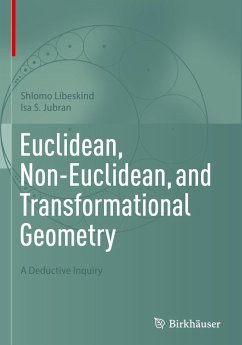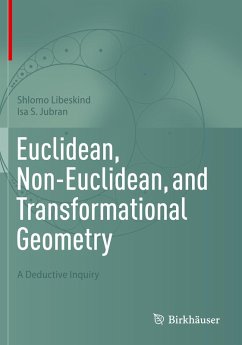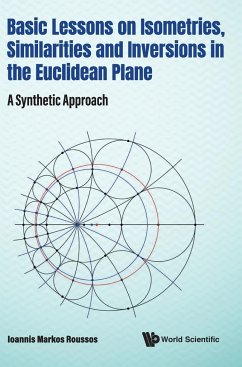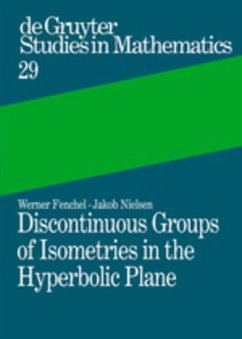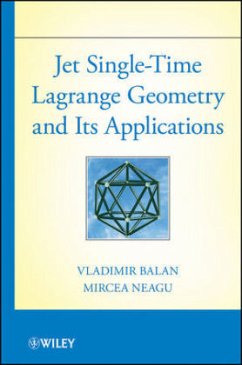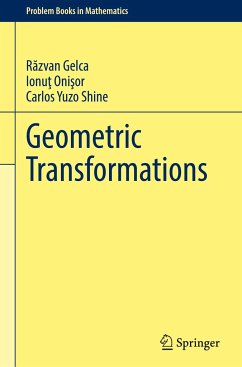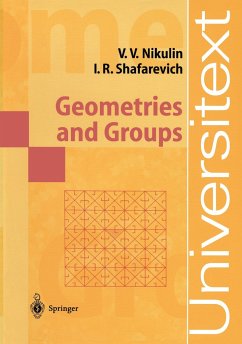
Geometry and Its Applications

PAYBACK Punkte
41 °P sammeln!
Meyer's Geometry and Its Applications, Second Edition, combines traditional geometry with current ideas to present a modern approach that is grounded in real-world applications. It balances the deductive approach with discovery learning, and introduces axiomatic, Euclidean geometry, non-Euclidean geometry, and transformational geometry. The text integrates applications and examples throughout and includes historical notes in many chapters.The Second Edition of Geometry and Its Applications is a significant text for any college or university that focuses on geometry's usefulness in other discip...
Meyer's Geometry and Its Applications, Second Edition, combines traditional geometry with current ideas to present a modern approach that is grounded in real-world applications. It balances the deductive approach with discovery learning, and introduces axiomatic, Euclidean geometry, non-Euclidean geometry, and transformational geometry. The text integrates applications and examples throughout and includes historical notes in many chapters.
The Second Edition of Geometry and Its Applications is a significant text for any college or university that focuses on geometry's usefulness in other disciplines. It is especially appropriate for engineering and science majors, as well as future mathematics teachers.
The Second Edition of Geometry and Its Applications is a significant text for any college or university that focuses on geometry's usefulness in other disciplines. It is especially appropriate for engineering and science majors, as well as future mathematics teachers.




